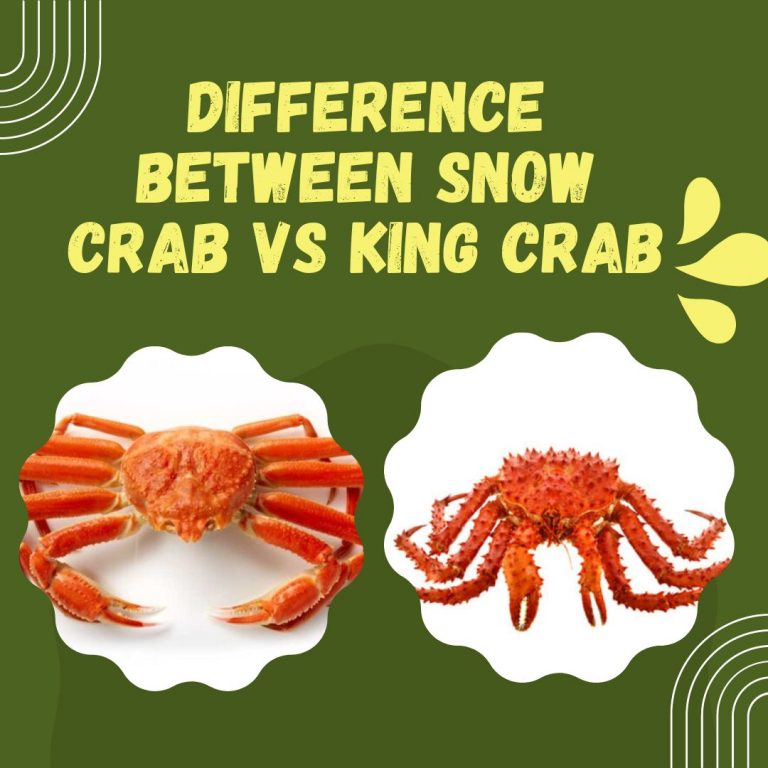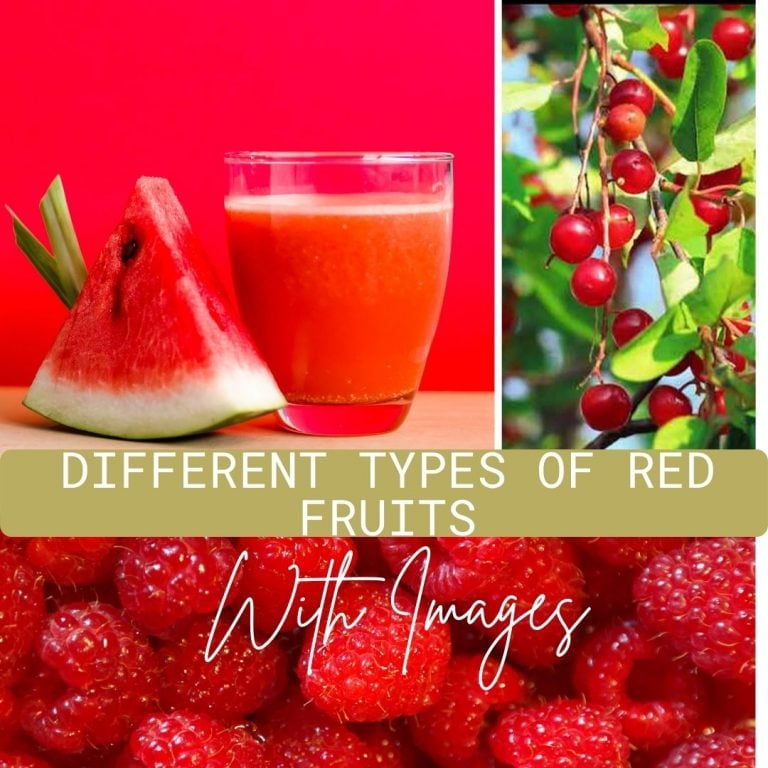15 Different Types Of Almonds With Images
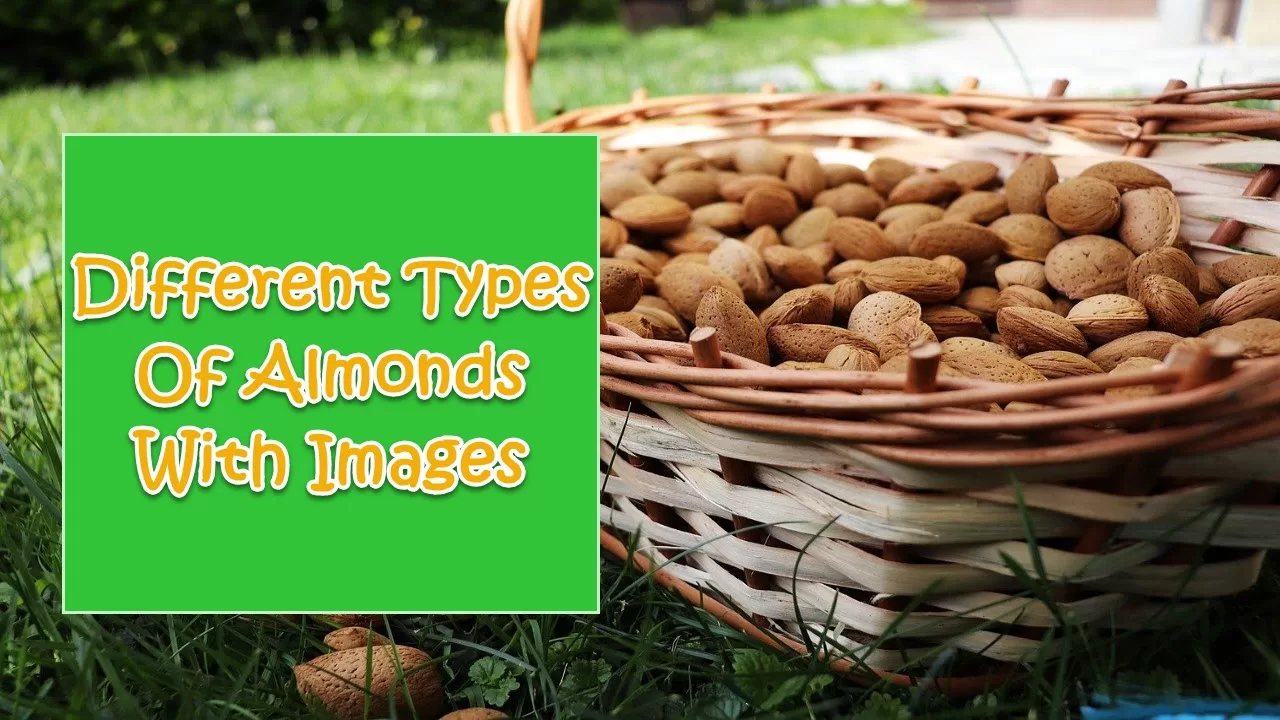
There are so many different types of almonds available on the market today, so it may be difficult to decide which one is best for your recipe. No worries, we can assist you in determining which one is suitable for your meal. By examining the key characteristics and purposes of the varieties, you may choose which one will improve the flavor of your recipe.
If you want to know the the different almond varieties, scroll down and continue reading.
Types Of Almonds

Almonds
Almonds are among the most popular kind of nuts. Its is quite addicting and has a crispy, sweet and nutty taste. Both sweet and savory dishes frequently include almonds as an ingredient. Most frequently, they are added as a topping to offer more tastes and textures. They go well with vegetable, grain, and bean meals, as well as fruit dishes naturally.
Almond flour is among the most frequently produced foods from almonds. It is quite healthful and adaptable.
In addition to being tasty, almonds offer a fantastic nutritional profile. They have a large amount of antioxidants, which can fend off cancer and delay aging. They also contain a lot of vitamin E. Alzheimer’s disease and heart disease risk are decreased by vitamin E.
The almond tree is indigenous to Iran and the surrounding nations, and ancient almond remains have been found in the Levant region. People first introduced it into northern Africa and southern Europe along the Mediterranean coasts in antiquity. More recently, it has been disseminated to other parts of the world, most notably California in the United States. Parts of the Levant are home to the domesticated almond’s wild counterpart.
A moderate Mediterranean climate with chilly winters is ideal for almond tree growth. More than half of the world’s supply of almonds is made in California. Almonds grown in California may not be sustainable due to the high area and water requirements for almond agriculture as well as the requirement for pesticides, particularly with the ongoing drought and heat from climate change in the twenty-first century. California’s droughts have forced some farmers out of business, reducing supplies and raising costs.
Uses Of Almonds
Nutriotional Value:
Almonds contain 22% carbs, 4% water, 50% fat, and 21% protein. Furthermore, almonds have a dietary energy content of 2,420 kilojoules (579 kilocalories) per 100 grams of reference weight. With 20% or more of the Daily Value (DV) or more of the B vitamins riboflavin and niacin, vitamin E, and the vital minerals calcium, copper, iron, magnesium, manganese, phosphorus, and zinc, almonds are a nutrient-dense meal. The B vitamins thiamine, folate, vitamin B6, choline, and potassium are all moderately abundant in almonds (10–19% DV). They also have a lot of dietary fiber, oleic acid, a monounsaturated fat, and linoleic acid, a polyunsaturated fat. Almonds also has phytosterols such beta-sitosterol, stigmasterol, campesterol, sitostanol, and campestanol, which are typical of nuts and seeds.
Health Benefits
The United States includes almonds among its list of healthful foods as a strong source of protein.
A study also revealed that frequent consumption of almonds ma helpy lower blood levels of LDL cholesterol, hence lowering the risk of heart disease.
Cuisine
Although the almond nut is frequently consumed on its own, either raw or roasted, it can also be found in many different meals. There are numerous different ways to consume almonds, including whole, slivered, and processed into flour.
Oatmeal or muesli for breakfast frequently contain almonds.
In recipes for almonds, roasted almonds, candied almonds, almond butter, caramelized almonds, and almond milk are frequently used.
What Are Mission Almonds And California Almonds?
These are actually the classifications of almonds.
California Almonds
California Almonds are more well-liked. They are made for commercial reasons. They are all adaptable and may all be blanched. There are several ways you can use them, including in manufacturing. They frequently have semi-hard shells and dark colors. These almonds are also used in the production of high-quality varieties of almond flour.
Mission Almonds
You cannot blanche mission almonds. The inside contains little, wrinkly nuts that are often covered in a brownish-red skin. They have stronger flavors than other kinds as well. The nut tastes more satisfying because of how thoroughly the flavorings are absorbed by the creases on its surface. Mission almonds are frequently added to ice cream and snack mixtures. For the finest flavor, individuals additionally toast the nuts.
Check out the types of almonds below.

1. Green Almonds
The skin of green almonds is velvety and pleasantly soft. Actually, these are green, crunchy almonds that are still in the unripe stage. The seeds within are incredibly delicate, while the outside has a velvety texture. As they ripen, they will solidify.
When the fruit is still in the green stage, you can actually consume the entire thing, including the almond within. The fruit has a slightly crunchy texture and has the flavor of an unripe peach. The seed itself is still soft and more like jelly than it is firm, but it has a strong almond flavor, which is a nutty taste.
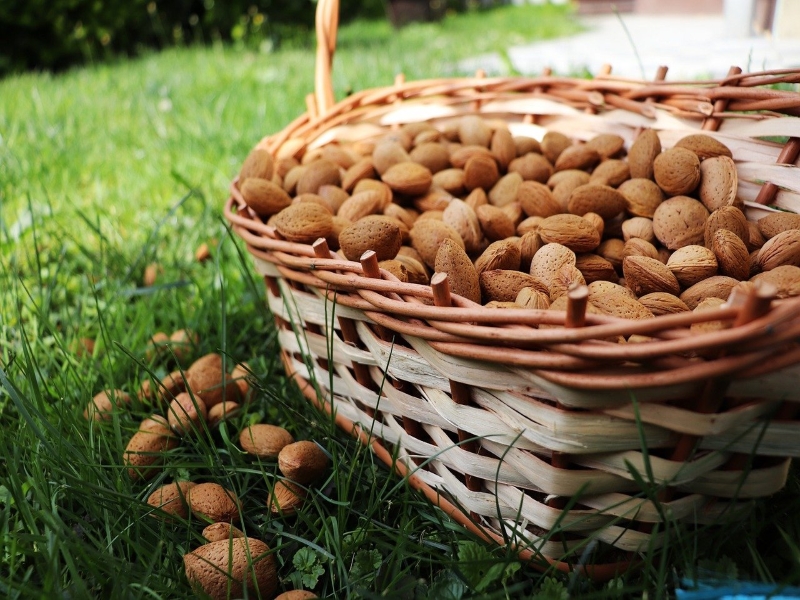
2. Bitter Almonds
Bitter almonds contain toxic substances. They are inedible because of their cyanide content. But extracts and liqueurs are made from the oil that is extracted from them. Generally speaking, the oil from bitter almond, P. dulcis variety amara, is used to flavor extracts and liqueurs. Because they contain minute levels of cyanide, a potent poison, these types of almonds are never sold in the United States.
The fixed oil found in sweet almonds is found in around 50% of the bitter almond, which is somewhat wider and shorter than the sweet almond. It also has the enzyme emulsin, which breaks down the two soluble glucosides amygdalin and prunasin in the presence of water to produce glucose, cyanide, and the bitter almond essential oil, which is almost entirely benzaldehyde, the compound responsible for the bitter flavor. Bitter almonds can produce 4 to 9 milligrams of hydrogen cyanide per almond and have 42 times more cyanide than sweet almonds, which only have tiny amounts. The enzymatic hydrolysis of amygdalin is the source of the cyanide present in bitter almonds.
Heat is a common method used to eliminate the poisonous component from bitter almonds. They become edible after that procedure.

3. Carmel Almonds
It was discovered for the first time at Le Grand, California, in 1966. A California almond variety that has the same appearance as regular almonds. The nut inside is short, tiny, wrinkled skin, and has a long, flat, semi-hard, smooth shell.
The most popular preparations for them are blanched and roasted almonds, but because of their versatility, Carmel almonds are also utilized in several other ways. They are used to create baked goods and candies.
Notably, it can take the place of other California almond varieties in general as well as Nonpareil almonds thanks to its sweet and nutty flavor.
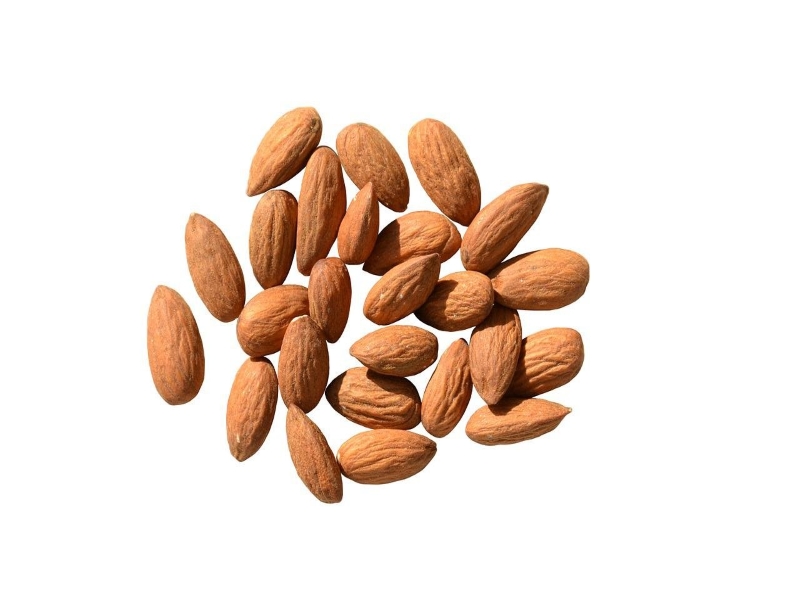
4. Sonora Almonds
Sonora almonds have a more outstanding nutritional profile when compared to other types of almonds. They are rich in magnesium, calcium, potassium, and vitamin E, all of which are very good for your health.
Sonora almonds are a distinctive-looking Californian variety. It has a thin, irregular shell that is dark brown color instead of smooth. You will find long, skinny nuts that are quite delectable when you open them. They are light in color.
This variety’s nuts are noticeably bigger than others’. They are the ideal topping for your breakfast cereal because of their rich nutty flavor and crispy texture.

5. Fritz Almonds
Fritz almonds are the ideal option if you’re seeking for the appropriate almond variety to produce almond milk. Make sure to test your almond milk often to rule out the potential that it has gone bad while you are enjoying it. It comes in both Mission and California varieties. The shell is short and full-bodied. It is semi-hard and has a light brown hue. The kernels are medium in size and darker.
About 40–60 days after Nonpareil almonds, Fritz almonds are harvested. High yields are produced by them. Although they are less sweet than Nonpareil and Monterey, they nevertheless taste like almonds and have the same nutty, sweet flavor. Both raw and cooked options are available for them.
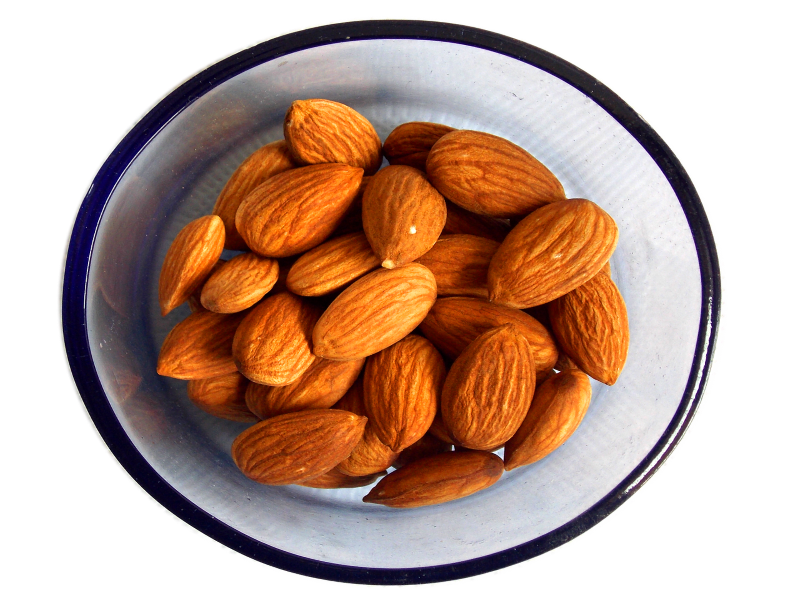
6. Molar Almonds
Molar almonds originated in Spain. The plumped almonds have a lovely nutty taste that will last in your mouth for a long time and got their name from the Spanish term for soft-shell. Many enjoy eating them uncooked because of their soft shells. They are frequently offered in whole forms.
There are numerous kinds of this type of almonds. The most well-known almonds are those from Molar Tarragona.
Since the shell of this particular almond type is so simple to remove and eat on, it is frequently utilized for immediate consumption and sold that way. This common almond has a flavor that lingers for a very long time and tastes luscious.
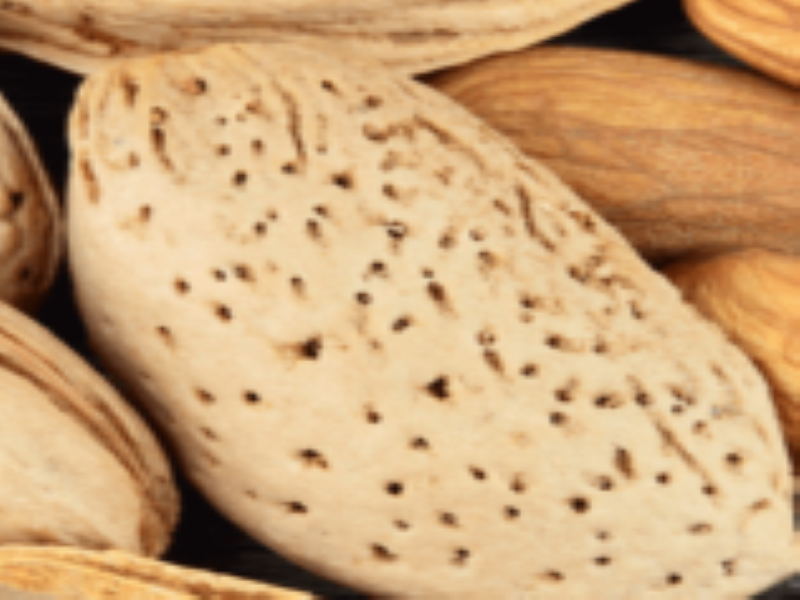
7. Peerless Almonds
One of the popular varieties of almonds is the peerless almond. They are a well-known California variety.
Peerless almonds have wonderful light-colored skin and a stunning look. Additionally, the nut inside is dark brown with fairly wrinkled surface, while the exterior is long, hard, smooth and thin outer shell. They have a flat, lengthy form. It tastes really nutty.
Peerless almonds can be made into beautiful decorations because of their lovely appearance. They are frequently sold in whole forms because of how hard the shell is.
The fact that this type lasts nearly two years longer than other types is another distinctive feature.

8. Neplus Almonds
Neplus almond is a Californian varietal with French origins, and has a very sweet flavor. This kind is commonly grown for commercial reasons since the almond trees are so fruitful that they can yield a big number of nuts at a time. People also refer to it as “Ne Plus Ultra almonds”.
Neplus almond is flat and long, with lovely light brown skin that is wrinkled. The length is much greater than other types. Neplus almonds are useful in both cooking and healthcare.

9. Ferraduel Almonds
Ferraduel is distinguished by its thin, dark-brown, flattened outer shell, hard and wide appearance.
This variety is French. It is one of the most popular types in French and frequently produces crops in September. It was developed by the French Institute for Invertebrate Enhancement INRA. It has a hard shell and is rather huge.
Ferraduel Almonds have a lovely nutty flavor. The plants produce a lot as well. Once purchased, you can consume them in raw form or incorporate them into baked goods. They contain calcium, magnesium, and vitamin E, which are all excellent nutrients for your health.
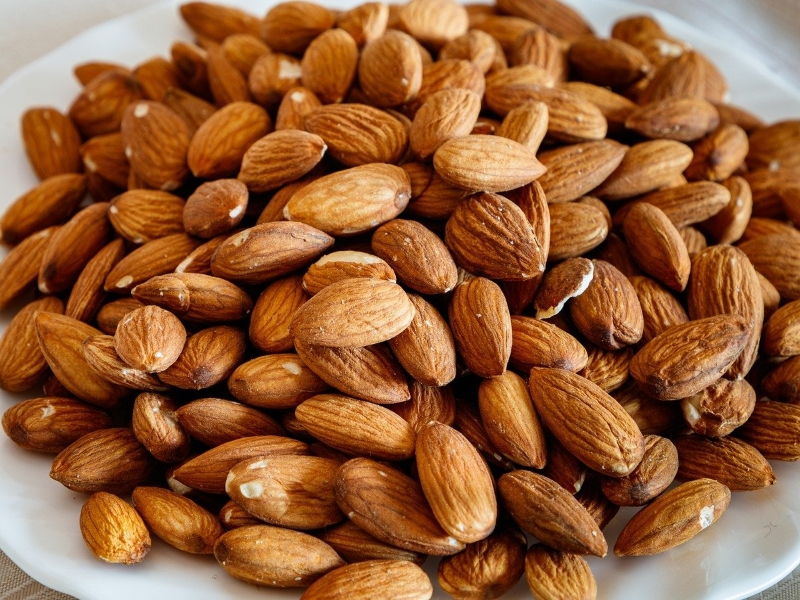
10. Nonpareil Almonds
Nonpareil almonds can be blanched because of their smooth nuts and thin skin. They frequently have a flat shape and a bright tint. They have a lovely appearance and a distinct nutty flavor.
One of the most popular almond types grown in California is nonpareil. They are categorized as an individual variety by some people. This type of almond is elongated, flat, and thin shape.
It is hence ideal for eating raw. Additionally, it is utilized in commercial culinary goods.
You’ll be mesmerized by the Nonpareil almonds’ sweet and nutty flavor. They go well as a topping for ice cream, salad, and spaghetti. You are welcome to include them in any recipe that asks for almonds, including desserts.

11. Butte Almonds
Butte almonds are small, short nuts with a semi-hard shell. They are spherical, plump, and light brown in appearance. In addition, this nut has a wrinkled surface . They will improve in the seasonings’ absorption.
This type falls within the California and Mission categories. Additionally, it is among the most fruitful ones. The shells are delicate enough to be blanched.

12. Sweet Almonds
Due to their delicious sweetness, sweet almonds are typically used in both sweet and savory recipes.
Almonds of this kind have a flat form and wrinkled skin. People utilize them as ingredients in cooking and baking, extract the oil from them, and consume them raw. Additionally, they are employed in the creation of cosmetics and hair care items.
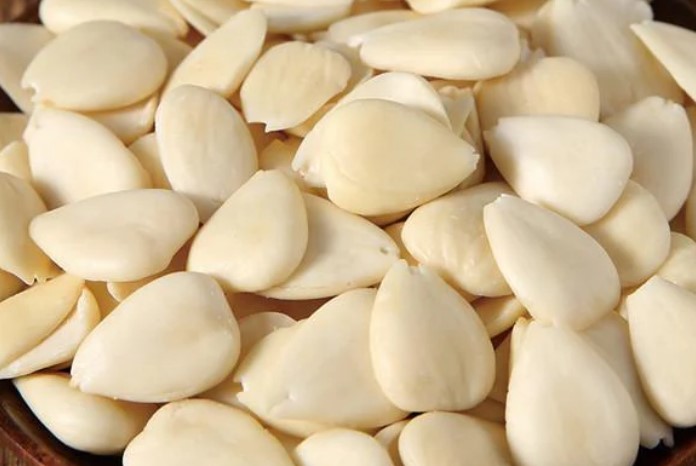
13. Chinese Almonds
Chinese almonds, which are actually apricot kernels, are not at all almonds. Although they come from a totally different species, they have a flavor that is highly reminiscent to regular almonds’ nutty flavor.
You should keep this in mind if you wish to sample Chinese almonds to learn more about their flavor. You should n ever consume them raw, because of the amygdalin they contain, they are mildly toxic. As soon as they are cooked, you can try them.
The bitter and sweet types of Chinese almonds are the only two available. The sweet variety is not harmful, but the bitter variety is. They have a shell that is wrinkled and flat.
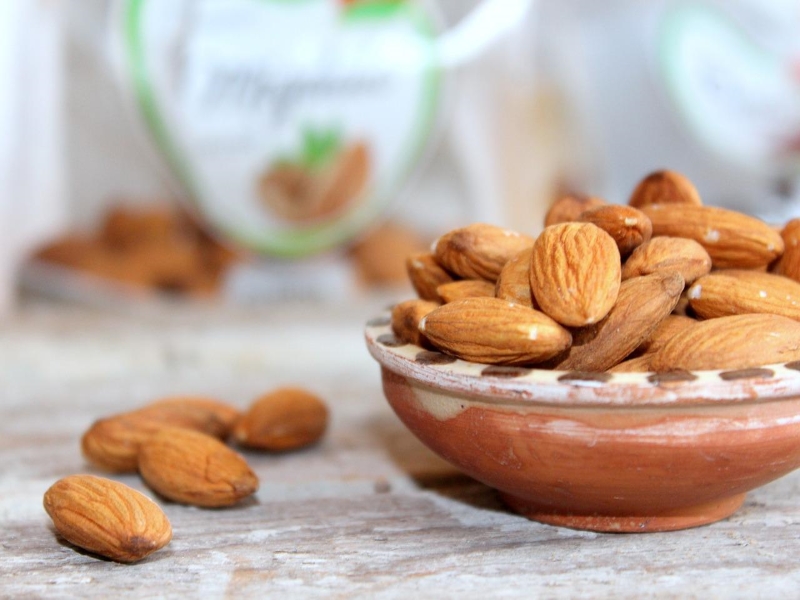
14. Monterey Almonds
Another fruitful type of almond is the Monterey almond. This 1945-born from California variety has tall, wrinkled nuts with strong, smooth shells. It is long and flat in shape. It is deeper in color and more wrinkly when compared to Nonpareil almonds.
The flavor of Monterey almonds is outstanding, deep, and meaty. They are suitable as a noon snack when baked, roasted, or eaten raw.
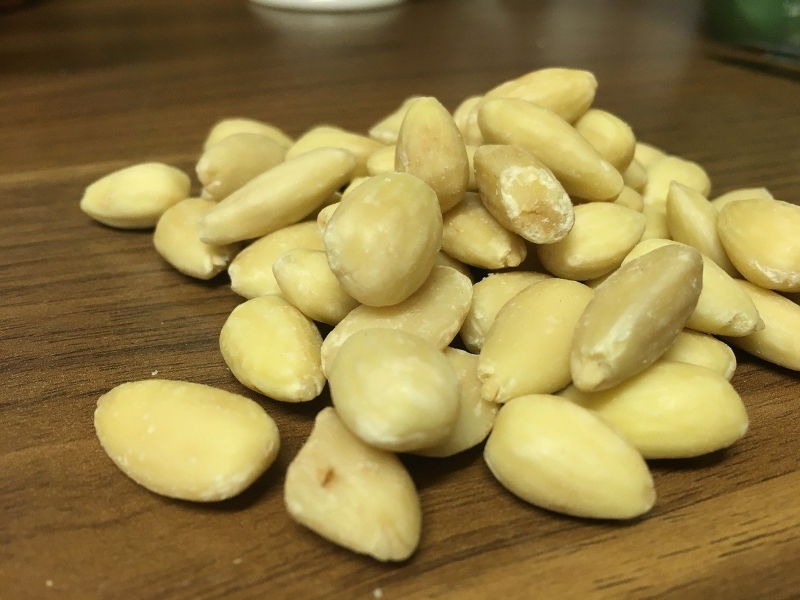
15. Marcona Almonds
Marcona Almonds have lovely, vibrant skin. They are frequently called “the queen of almonds”.
They are great for eating raw or for cooking roasted and fried foods due to their sweet and rich flavor and crispy, soft, moist, and buttery texture. Add salt after frying them in olive or sunflower oil. You will also receive a really tasty snack. They can also be added to vegetable meals to enhance the flavor.
Spain is where this type first appeared. It is now well-liked in India and the Mediterranean region. Marcona is sweeter than other types of almonds.




